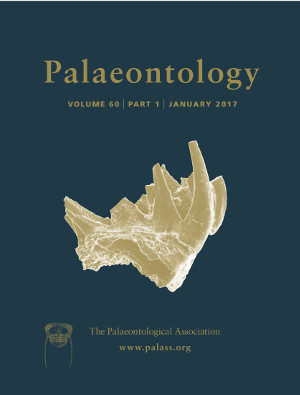Reg. Charity No. 1168330

Sparassodontans are a diverse but now extinct group of metatherians that were apex predators in South America during most of the Cenozoic. Studying their decline has been controversial mainly due to the scarcity of the fossil record, and different methodological approaches have led to contradictory hypotheses. In an effort to explore questions about their extinction, we developed a novel multi‐model statistical approach to analyse all of the currently available data at a continental scale. Using multiple regression analysis and new advances in beta diversity analysis, we used all currently available fossil data at a continental scale to test four competing hypotheses to account for the decline of sparassodontans: competition with placental carnivorans, competition with avian phorusrhacids, non‐competitive ecological interactions, and environmental fluctuations. Our results show that the sparassodontan extinction was a gradual process with species disappearing throughout the Cenozoic. Multiple regression analysis supported non‐competitive ecological interactions as the best extinction model. Native South American ungulates, African migrants (caviomorph rodents and platyrrhine primates) and didelphimorphians were the groups with the highest statistical significance. Sparassodontan beta diversity increased between South American Land Mammal Ages after the Paleocene–Eocene boundary. Our results demonstrate that ecological modelling techniques illuminate aspects of extinction processes whilst mitigating the limitations of the fossil record. Our study suggests that non‐competitive ecological interactions could have been the main driver for sparassodontan extinction rather than, as commonly assumed, a result of competition and/or abiotic fluctuations.